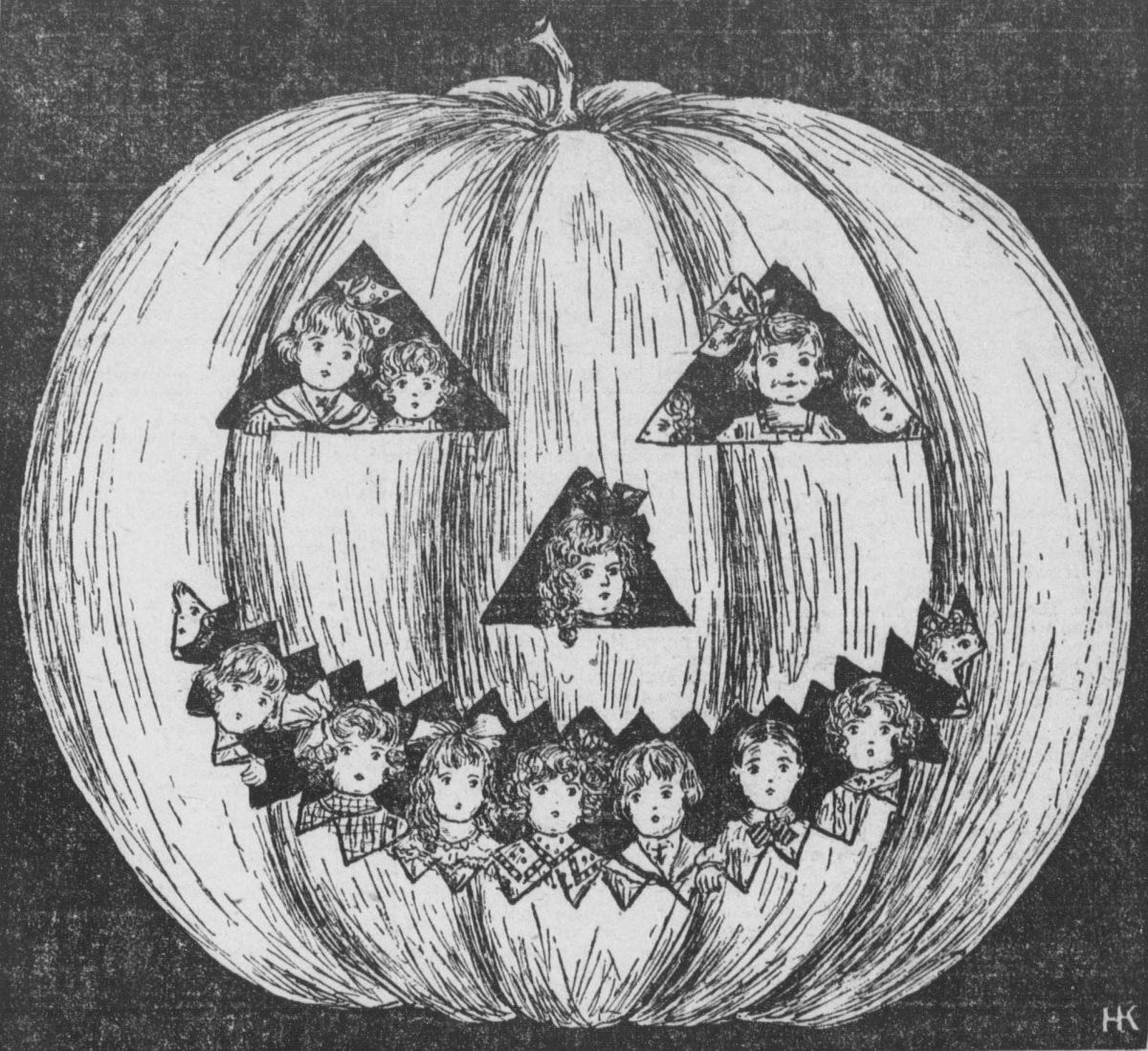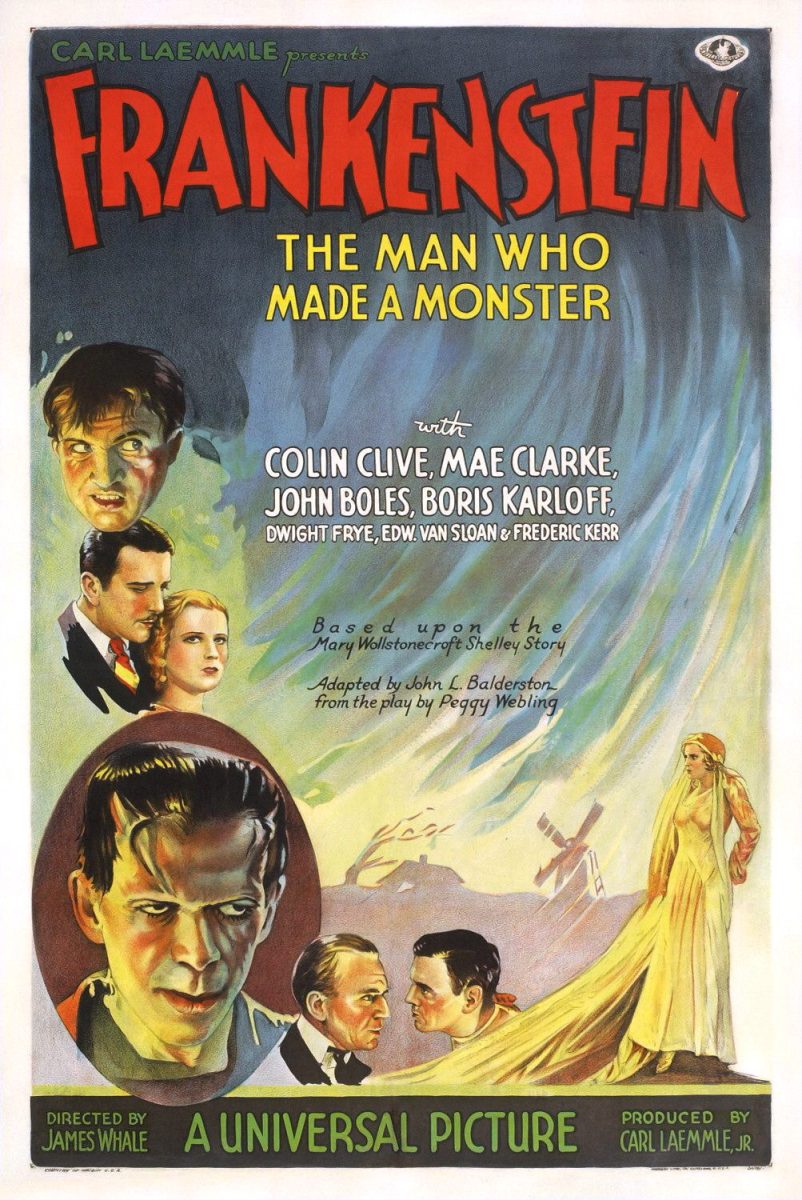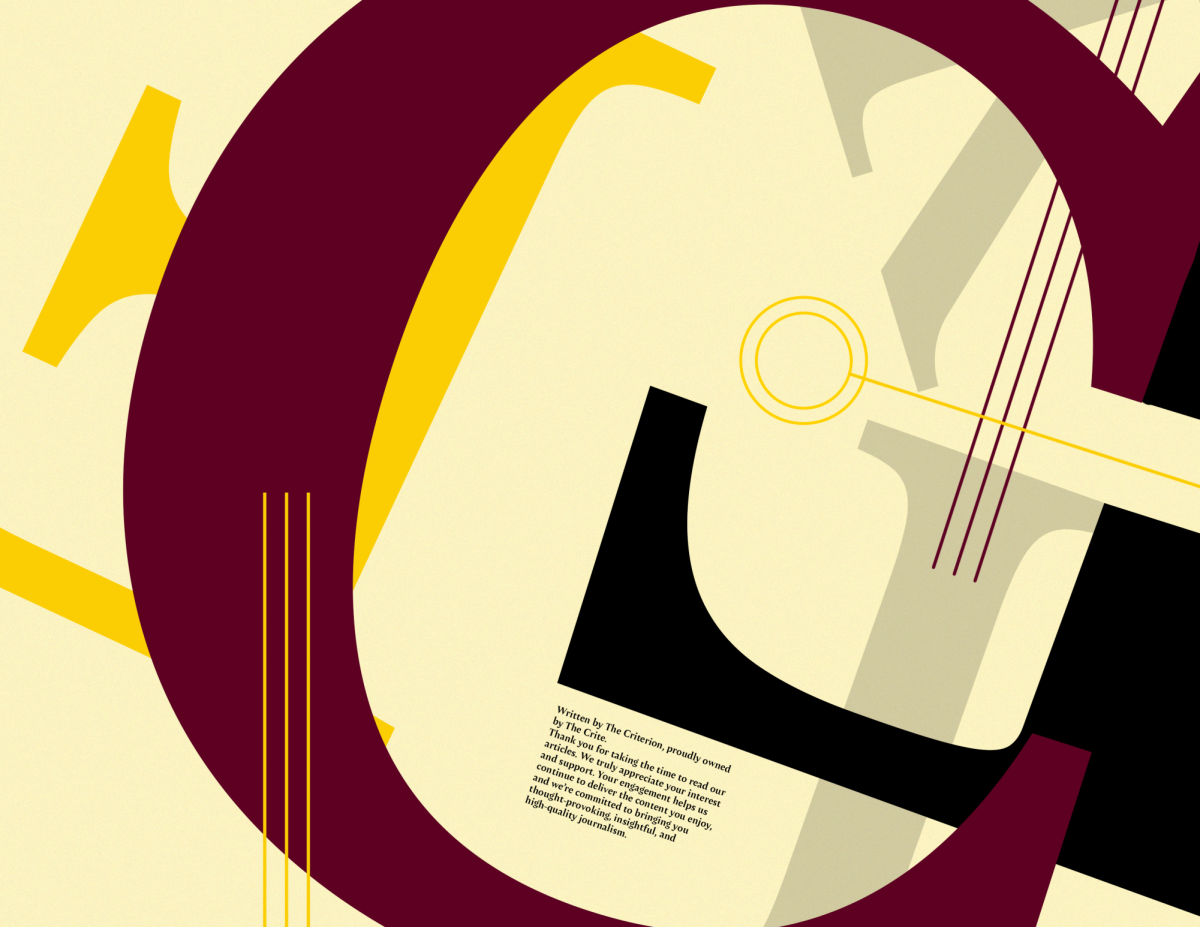While it mostly goes unnoticed and uncelebrated by those who are not affected by it, the month of March is recognized as Traumatic Brain Injury (TBI) awareness month. The month is meant to show people the true nature of TBIs among those who have them and raise awareness of their prevalence within our communities.
This being said, Colorado Mesa University (CMU) and the Western Slope are home to many people who live with a TBI, and yet, the community often fails to adequately represent or accommodate these individuals.
According to the Brain Injury Association of America, over 5.3 million Americans are living with TBI-related disabilities, with over two million new injuries occurring yearly. This means that nearly 2% of all Americans live with a TBI.
In the United States, TBIs most often are discussed when looking at sports injuries, such as the concussions and head trauma associated with football. However, they can occur in any number of ways: car accidents, domestic violence incidents, medicine or drug use, etc.
Brain injuries do not come with any one set of symptoms that can be ascribed to those who have experienced one. While issues such as memory loss, mood and behavioral changes, and changes in consciousness can be common experiences among those with TBI patients, the range of symptoms and long-term effects are nearly endless.
The severity of TBIs also varies widely between different people. Some brain injury survivors experience severe sets of symptoms that require more intensive care and assistance in their day-to-day lives. On the other hand, TBI survivors can also experience invisible symptoms that allow them to work through or even recover from their injuries.
Since 1985, Grand Junction has been home to one of the few brain injury assisted living facilities in the nation. Operated through Hilltop, the Life Adjustment Program (LAP) offers accommodations and assistance to nearly one hundred adults that are living with TBIs within our community. The facility spans nearly eight acres and takes up a large portion of land on the east side of North 12 Street.
As someone who worked on the LAP campus for nearly two years, it became apparent that our community at large often erases and ignores the existence of this entire sub-community. The residents often feel as if they are invisible to the wider Grand Junction population, and they often find it difficult to find work, take part in the happenings of the city or feel included in the wider community.
As for the university, CMU is also home to many students who live with the same diagnosis. Students are extended support and acknowledgment through the Educational Access Service (EAS), which helps provide accommodations and support for the students who persist in the face of a TBI.
However, while EAS provides an invaluable resource for our students in need, many students with TBIs often face difficulties that the wider campus community fails to acknowledge.
Professors and students often do not have any extensive experience working with these individuals, which often leaves people with TBIs to face further challenges on the path to their degrees. Similarly to the wider community of people with TBIs, they often face many of the same feelings of isolation and separation from the wider CMU community.
This is all to say, Traumatic Brain Injury Awareness Month is an opportunity for students, faculty and community members to reflect on a type of disability that is largely unnoticeable. It is an opportunity for us to evaluate how we interact with people who have disabilities, and it is an opportunity to work toward inclusion and accessibility in our everyday lives.
TBI awareness will look different for many of us. For some, it could be volunteering at LAP and becoming an advocate for those whose voice is suppressed. For others, it could be donating to brain injury services or medical research for the treatment of TBIs. Most importantly, TBI awareness can simply be the act of recognizing those in our community who live with a TBI and acknowledging their existence, their importance and their contributions to our communities at large. The month offers them the chance to be seen.









